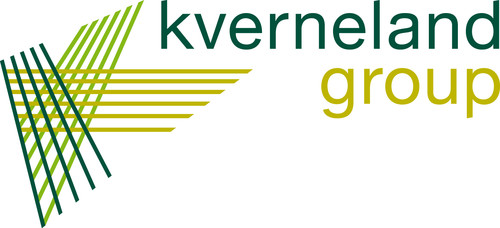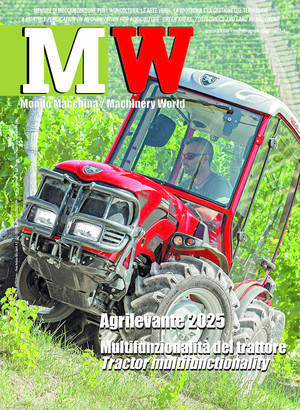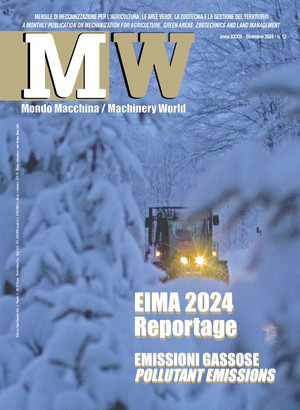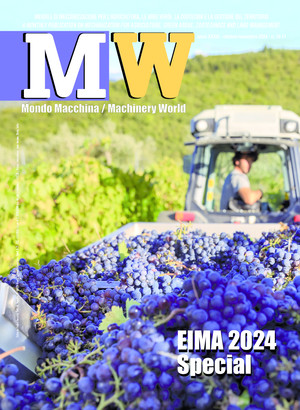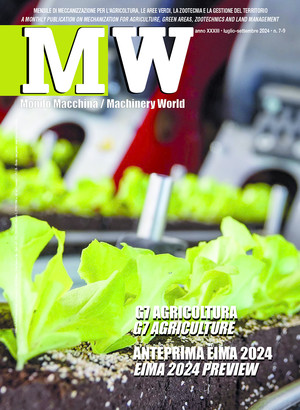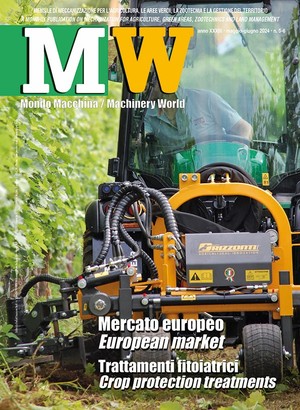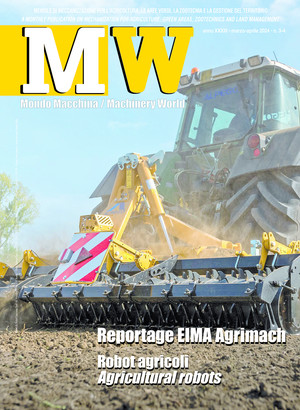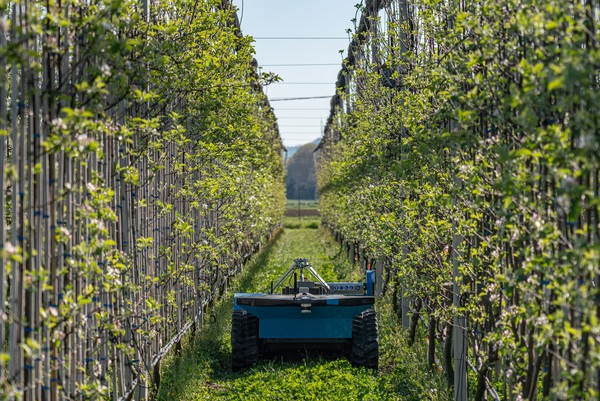
Safety and Security in the autonomous ecosystem
Agriculture is moving towards the replacement of traditional machines with "smart" highly automated equipment. The spread of agricultural robots strongly raises the issue of interoperability of new technologies and brings the theme of safety of the new machines to the forefront
Today, farmers are using a mix of tractors and implements from a variety of manufacturers, and some are beginning to incorporate robotics into their fleets.
“Farmers want to do the best job possible for the land, for themselves, and for future generations,” said Andrew Olliver, Agricultural Industry Electronics Foundation (AEF) Chairman, and External Partnerships and ISOBUS Based Services Manager, CNH. “Whether the equipment is manned, unmanned, or a mix, they simply want the equipment from different OEMs to work together to do the job.”
The agricultural industry’s increased focus on interoperability of machines will bring about automating more and more of the process, making farming more efficient and economical for the farmer. This next evolution of farming will not have the operator in the tractor seat, and will begin the development of the autonomous ecosystem.
What is “Safety”? Making things better in the world of agriculture means improving safety, usability and quality. As OEM manufacturers develop robotics and autonomous equipment technology, these areas of focus will grow, expanding the topic of safety itself.
Experts say the concept of equipment safety in the future will be broader, as it won’t only be about preventing injuries. Safety will grow to include an understanding of the health of the machines themselves, and the agronomic process occurring in the field.
“Autonomy is moving us away from traditional oversight; we're going to have to take on that liability ourselves,” said Ryan Abel, principal software architect, CNH, and Autonomy Team Lead for the AEF. “We need to make our future systems much safer, with greater awareness of their surroundings. This needs to be our number one priority.”
OEMs are also shifting knowledge from traditional IT departments into some mobile robotic projects to bolster cybersecurity.
“We have to make sure machines that operate by themselves are hardened against outside threats and bad actors,” said Abel.
“I would say this might be one of the hardest tasks in the main field of autonomy,” said Alexander Grever, Team Lead Software Development, KRONE, and Autonomy Team Lead, AEF. “To develop or build safe and reliable systems that can be used for different agricultural processes and conditions such as dust, different light conditions, plant population, etc. To make or build secure and operational safe systems is actually the biggest challenge we are facing right now.”
Risk Factor. In some areas of the world, there is a shortage of labor due to people moving to the cities, or due to an aging farming population. Farmers with equipment working in the fields may need to ask if they can farm without an operator. However, farming without operators creates a new problem set.
“When you don’t have the oversight of the operator right there with the equipment, you have a new risk factor. Today the industry depends on the operator; if something goes wrong, you have a new risk factor,” said Abel.
The operator currently in the cab is monitoring vehicle health indicators, such as oil temperature, coolant temperature, sprayer blockages, disc malfunctions, as well as the environmental conditions surrounding him. Without an operator, all of those things still need to be monitored.
“So there's the safety around the machine, but there's also the health of the machine, and the health of the agronomic process that's being done in the field,” said Abel.
“In addition to the ability to drive autonomously, where operational safety is a particular challenge, the quality of the work is crucial,” said Grever. “Depending on the agricultural process, autonomous systems must, for example, constantly monitor and regulate the ground pressure or the working height in order to achieve a good quality result.”
The Vision of Equipment Interoperability. The vision for a truly “autonomous system” of robotic and autonomous equipment allows equipment to interact together, adapting to changing environments and making decisions based on complex data.
“There might be one robot from one company, another robot from another company, and in the middle there might be a tractor and an implement all working in the same field,” said Olliver. “The sooner we can work on the compatibility between the manned fleet and the unmanned fleet so that the farmer can get the job done in the best possible way with the least disruptions, the better.”
The AEF, a global non-profit organization, was founded in 2008 to improve cross-manufacturer compatibility in agricultural equipment.
Last year, the AEF announced an “Autonomy in Ag” project team to define an interoperability standard for autonomous agricultural products. Their goal is to create a roadmap for the agriculture industry to begin a transition to autonomous machines.
The team, led by Abel and Grever, consists of over 60 people from AEF-member companies. It is tasked with creating standards for an “autonomous ecosystem” in order to ensure interoperability and usability in the context of cross-manufacturer autonomous systems.
The work, largely unprecedented in terms of complexity in the overall agriculture space, aligns necessary content adaptations to existing AEF guidelines. The specifics and next steps for the successful execution of a high-level autonomy roadmap will be accomplished in collaboration with the project teams.
Doing Ag Better. In traditional farming, the operator in the cab has provided the sensory necessities: the eyes, ears, and nose oversight of the field and the equipment, ensuring that everything is functioning safely and appropriately. By displacing the operator, that real-time awareness vanishes.
“What's really important, not only to think just about safety and security, but because we want to build dependable systems, we also have to think about reliability,” said Grever. “You can easily build very safe systems but if the environmental perception makes it stop all the time because plants or grass are incorrectly detected as obstacles, it doesn't work for the customer and will not be accepted.”
The advanced systems need to work for the farmer on many levels in order for the products to be successful. The challenge from the manufacturer side is to start offering autonomous systems that can provide a payback to the farmer so that they're attracted to it.
“Farmers are business people and so they'll only invest in something when they can see a return in it,” said Olliver. “Farmers know what they need to do to grow, harvest, and sell their crops, and they want to farm that field in the most economical and environmentally-friendly way possible. But the adoption of autonomous equipment is something that will come in slowly on each farm over time.”
“Removing the operator by way of autonomy ultimately allows us to think in a much broader scale and ask ‘how can we do agriculture better,’” said Abel.

